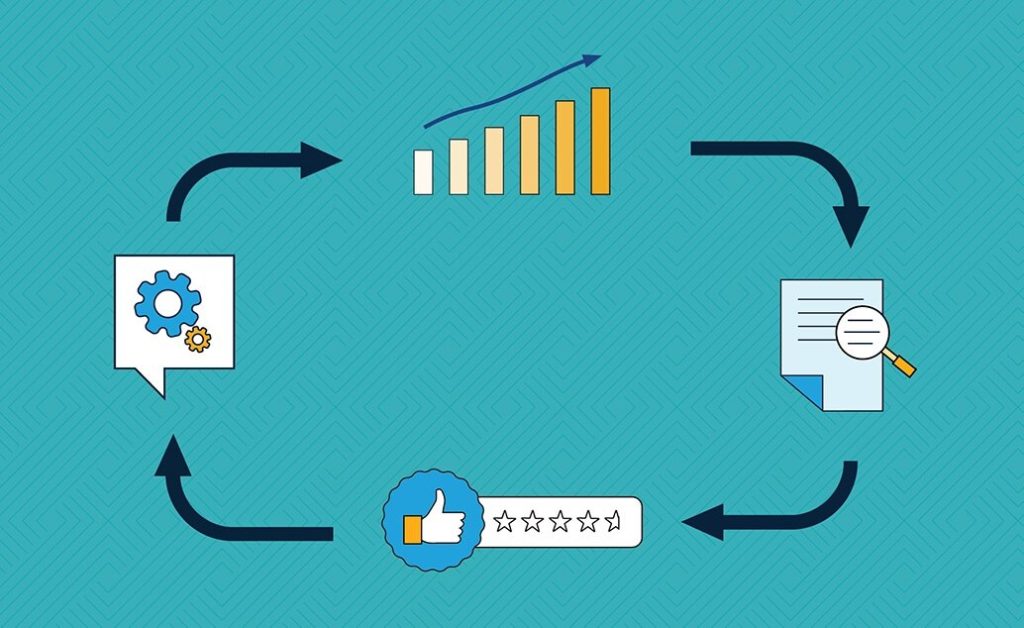
Early in my teaching career, I would dole out assignments to my students without considering how I would assess them. The feedback I provided took the form of a summative, evaluative percentage. Since then, I’ve shifted toward a personalized learning model, incorporating intentional student feedback to help my students grow.
The transition to hybrid and distance learning has only heightened the need for continual assessment. Without adequate feedback, students may feel disconnected from school and their teacher. Feedback is a personal thing, which is why it’s key for establishing and maintaining student relationships.
So let’s refocus our attention on building an effective feedback loop, regardless of whether we’re physically with our students. Here are four components every good feedback loop should contain:
- Expectations and empathy: Create a classroom culture that acknowledges student strengths while also emphasizing that feedback is an expected part of the learning process. Every learner is at a different place on the road to understanding and that’s OK. Model a non-judgmental, empathetic approach to addressing mistakes and sharing constructive criticism.
- Personalization: While quick multiple-choice assessments serve a purpose, the feedback they provide is impersonal and unspecific. Take the time to provide personalized feedback to each learner instead of generalized statements that could apply to every student. Small group or one-on-one instruction is great for talking through this feedback with students, as well as providing them strategies to self-evaluate in the future. You’ll help students grow as independent learners.
- Recursion and iteration: Your feedback should be immediate, continuous and cyclical. Once you provide feedback, make sure to revisit it regularly to see how student understanding has changed as a result. When I taught writing, I used to mark papers up with every correction that needed to be made. Most students painstakingly went through to make these changes, but I rarely went back to check if that feedback actually improved their writing skills. This circling back is crucial to closing the feedback loop.
- Communication and adjustment: The best feedback system involves tracking to ensure students are learning from their mistakes. Consider sharing that tracking system with students so they can see for themselves how they have grown. Make sure students are also aware of the learning targets they’re working toward. This open communication will allow you to maximize instructional time and accelerate growth.
My own kids often repeat the phrases they hear at school: “Confusion rocks!” “Mistakes are great!” While I love that their teachers are showing that feedback is a natural part of learning, it must also be coupled with the how and why – how to work through confusion and why they should learn from their mistakes. Give your students an opportunity to show their learning, get feedback from you and make adjustments to their thinking before you finalize your gradebook.
American College of Education understands how crucial personalized and rapid feedback is to the educational process, which is why our instructors are known for their quick response time and practical assignments. Explore our online education programs.

